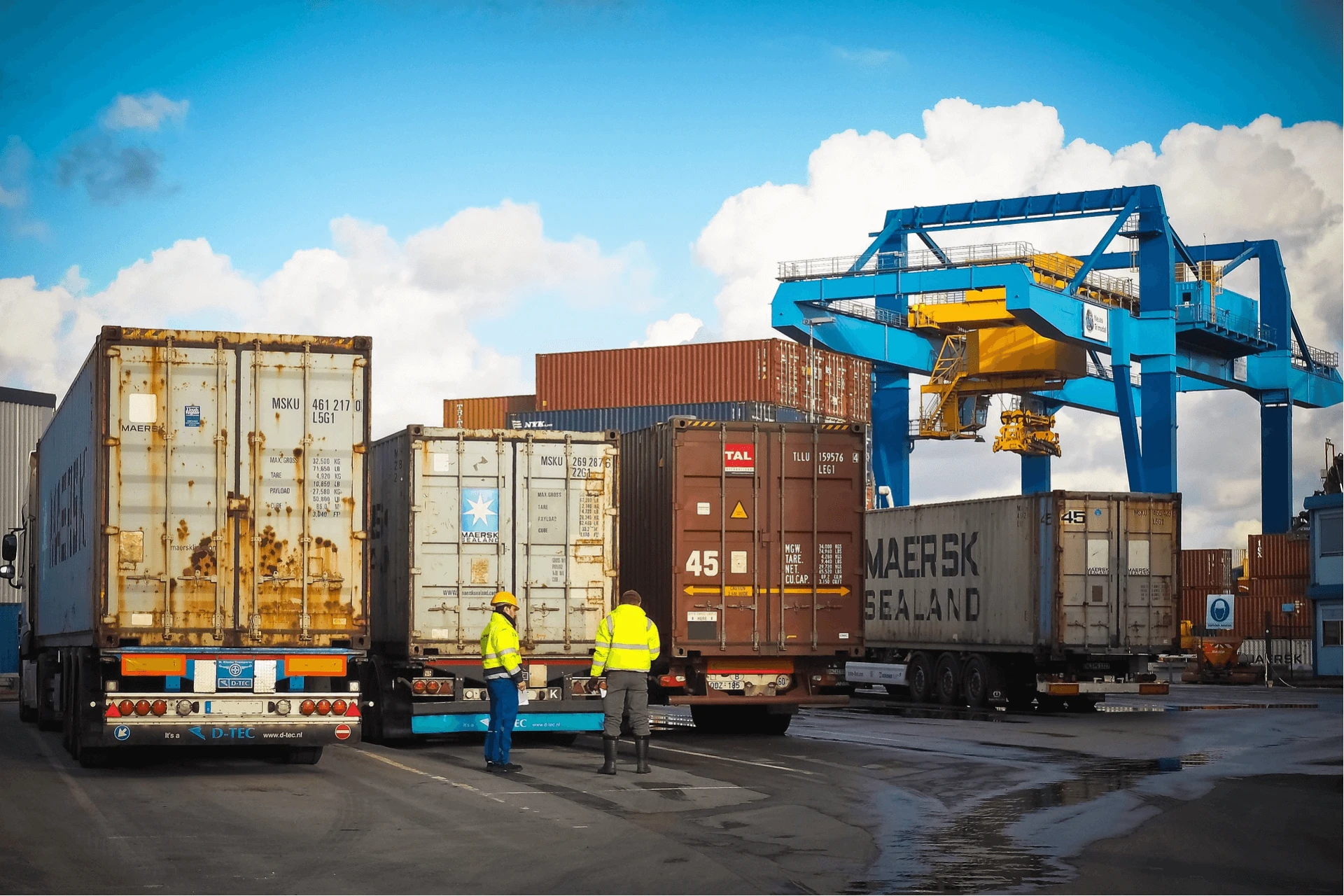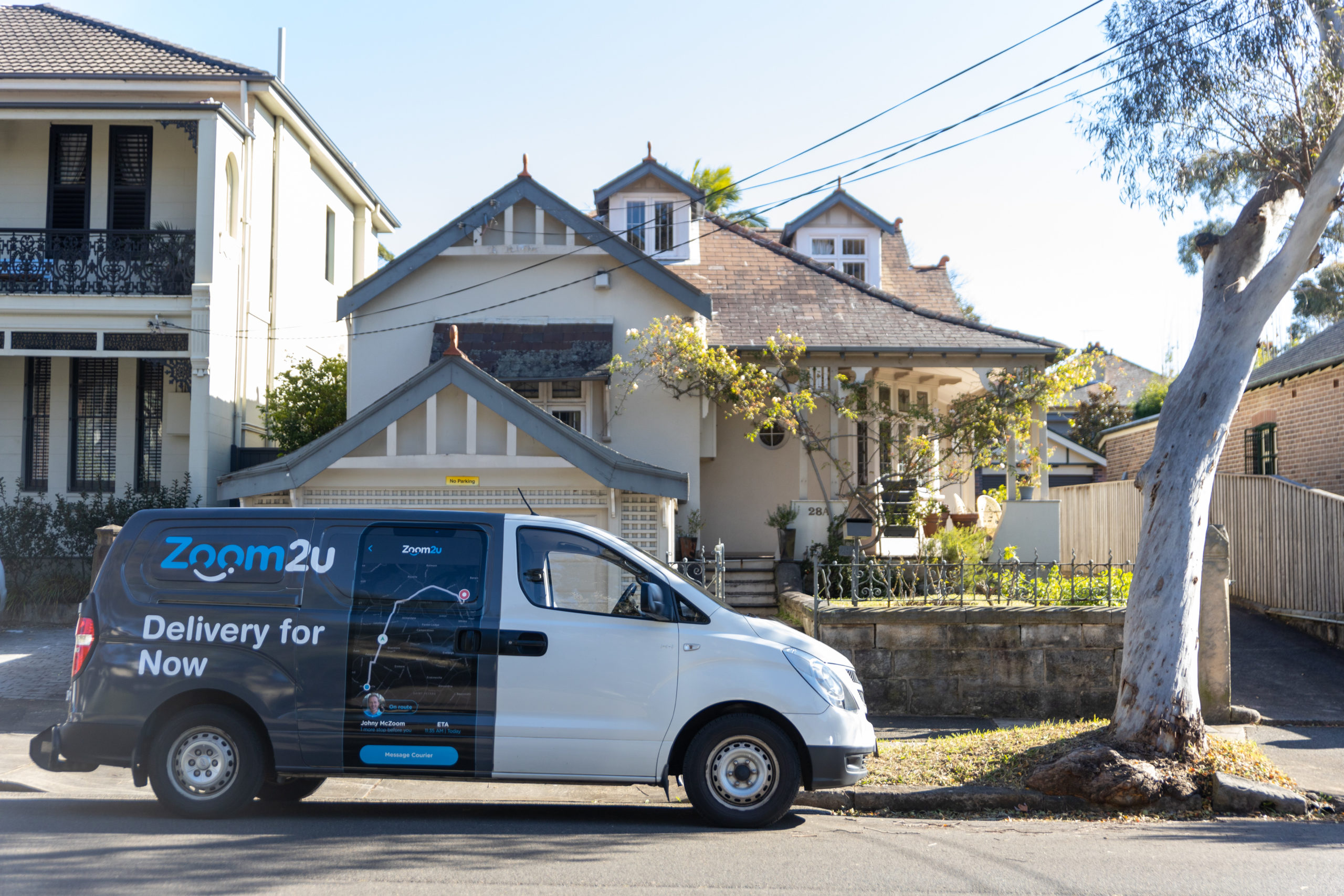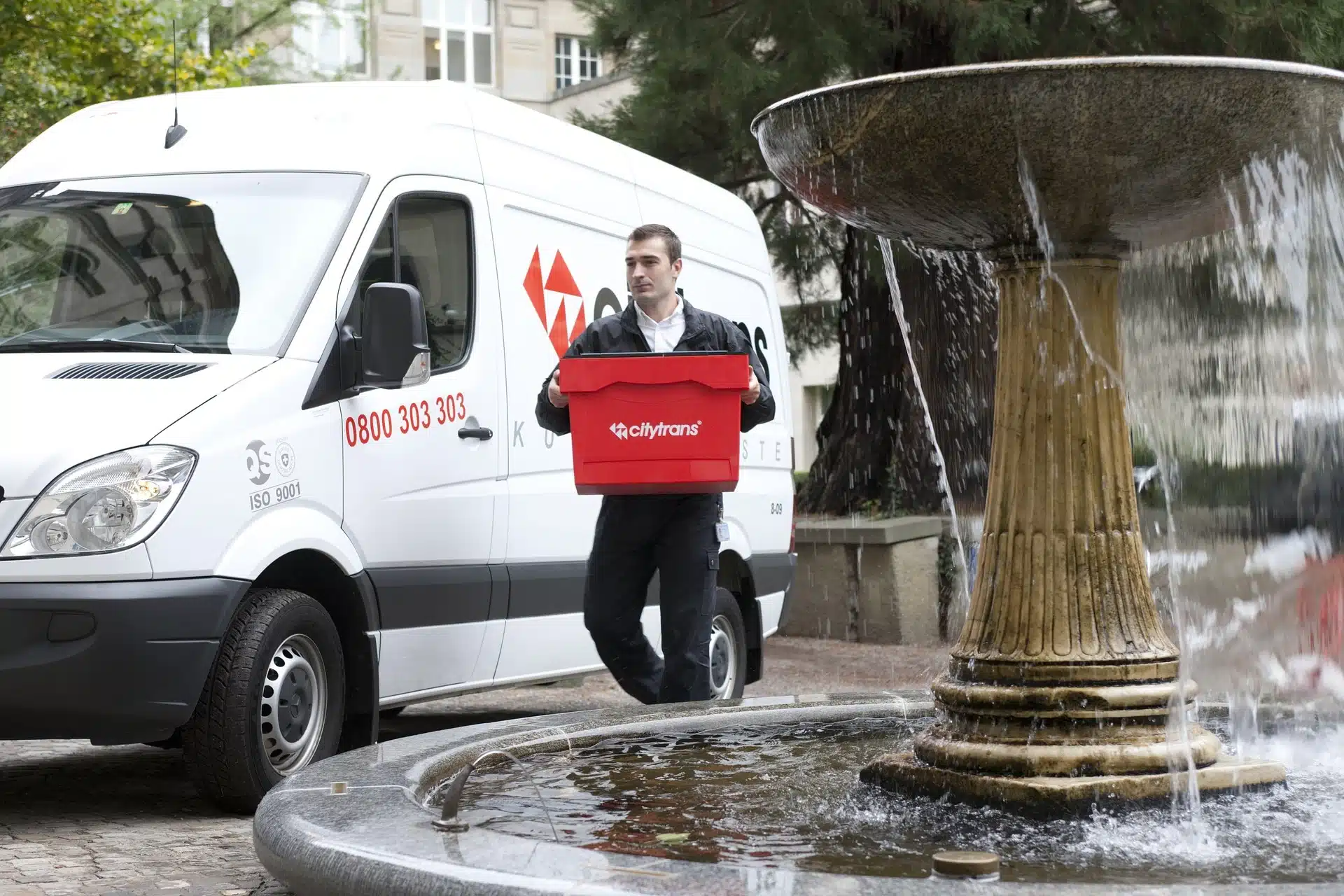Successful international trade is vital for international couriers; however, it can be time-consuming and difficult to understand. Courier services and shipping businesses must understand that customs clearance is the most critical step of multinational trade.
International trade is important because countries rely on different nations to import goods that aren’t available domestically. If a country specializes in the exports of goods, it may have more supply of certain raw materials than there is demand in its markets.
The global trade market was estimated to reach a record of $32 trillion by the end of 2022. The record valuation emphasizes the importance of the importing, export, shipping, and customs clearance process on the global trade market.
Whether you’re new to multinational trade, customs regulations, and country-specific import and export requirements, this guide will provide all the information you need to ensure successful customs clearance.
What is Customs Clearance?
Customs clearance is declaring goods to Customs authorities when entering or leaving a country. Individuals or businesses can do this. Goods subject to customs clearance include imported or exported items, commercial shipments, and personal effects.
The purpose of customs clearance is to ensure suppliers pay all applicable import and export duties and taxes and that goods comply with all relevant shipping regulations. To clear customs and ensure they have a successful shipping experience, courier services, individuals, and businesses must provide detailed information about the shipment, including but not limited to;
- Its value
- Its destination
- Its contents,
- It’s country of origin
Courier services, individuals and businesses, or individuals can be required to submit supporting documentation to adhere to regulations, such as invoices or bills of lading. Once the responsible customs officers have cleared the shipment and received the correct payment for duties, they can release it for delivery.
What is the Customs Clearance Process?
To fully understand the customs process, let’s look at all the stages an international courier company must complete to export and import packages.
What is Inspection of Documents?
When shipments arrive at a port of entry in the United States, they are subject to inspection by U.S. Customs and Border Protection (CBP). During this process, CBP officers inspect the documents associated with the shipment to ensure that all required information is present and accurate.
The most common customs documents are:
- Transportation Invoice
- Proof of insurance
- Pre-shipment inspection certificate (when applicable)
- Port spending (when appropriate)
- Invoice or commercial invoices
- A packing list
- Air waybill
- Inland bill of lading
- Through bill of lading
- Ocean bill of lading
- Certificate of origin (when applicable)
What is Tax and Duty Payment?
After an inspection of a courier’s shipment and all required importation documentation are completed, couriers must pay any taxes or duties owed on the items before Customs will release them for delivery.
The amount of tax and duty owed depends on several factors, including the type of goods you’re importing, their declared value, and the applicable customs laws.
On the other hand, if a courier’s shipment is delivered duty paid (DDP), the taxes and duties are automatically included in the price of the goods.
Courier services must be aware of the potential costs of importing goods to budget accordingly and avoid late payment penalties.
Interested in learning more about courier services? Read our Courier Services: A Complete Guide for 2023.
What is a Shipment Release?
After Customs inspects and assesses the couriers’ manifest of goods from an importing country, the courier’s manifests are released from the warehouse where they have been held. The release process can vary depending on the type of imported goods but typically involves paying any customs duties or taxes owed.
Once the release paperwork has been completed, the international couriers can take possession of the goods and deliver them to their final destination.
In some cases, goods may be released on a conditional basis, meaning they must meet specific requirements before being transported off-site.
For example, toxic chemicals must be appropriately labeled and packaged before being released from customs. Ultimately, the customs clearance process aims to ensure that all imported goods meet all applicable regulations before they enter the domestic market.
How can Courier Services Successfully Navigate Customs Clearance?
Customs clearance can be complicated and time-consuming. Courier companies must familiarize themselves with the customs regulations and procedures; below is our step-by-step guide on navigating customs clearance to ensure the success of international delivery.
Should Couriers Ensure All their Documentation is Accurate?
One of the most important things companies can do to achieve a successful outcome is to ensure that their documentation is accurate.
Ensuring accurate documents includes providing an itemized shipment list and listing the correct monetary value for each item in the shipment manifold.
Discrepancies between your documentation and the actual shipment contents will likely delay your shipment while Customs officials investigate the matter.
Shipments may even be refused outright if there are any substantial inaccuracies. It is crucial to take care when completing any documentation to customs clearance problems or avoid delays.
Educate Yourself on Trade Laws
International Courier companies, businesses, and individuals who have dealt with customs know it is a long process. There is a lot of paperwork, and dealing with the customs officer can be tedious. However, knowing all the hoops you must jump through can speed up the process.
The most critical thing couriers can do is become familiar with international trade laws. Doing this educates companies about;
- Any specific rules regarding export goods
- Formal entry laws in a destination country
- International trade laws apply to goods imported and exported
- The necessary documents required for any international shipment
- Applicable laws enforced by any federal maritime commission
- Duties and taxes, tax assessment, registration requirements, packing lists, hts codes, duty free shipments, and information related to the country of origin compliance importing and exporting laws.
These laws constantly change, so staying up-to-date on the latest requirements is essential. Couriers also need to know what Incoterm ( a set of 11 internationally recognized rules that define the responsibilities of sellers and buyers) the buyer and seller have agreed on. Companies can use a customs broker to help them speed up the process of international shipping.
The agreed Incoterm determines who is responsible for paying customs duties and taxes and can also affect how your goods are shipped. Ask a professional for help if you need clarification. With some preparation, you can successfully navigate the customs clearance process.
Couriers Need To Consider What Items Are Being Shipped Internationally
The customs declaration form can be intimidating. However, companies can do a few things to make the process go more smoothly.
First, consider what goods you’re shipping, whether by air freight, land, or sea. If you import food, pharmaceuticals, cosmetics, or electronics into the United States, the goods must comply with the Food and Drug Administration (FDA).
There may also be a United States Department of Agriculture examination. It’s essential to contact relevant federal agencies before any international shipments arrive at a port of entry.
Secondly, couriers and businesses need to have all the necessary documents in order before their cargo can leave the importing countries and cross international borders to any other foreign countries.
Businesses can use customs brokers or a customs business to help ensure they have all the necessary customs documentation filled out correctly. These documents include the following;
- Bills of lading
- A commercial Invoice
- Any other documentation required by different countries.
Once you have all the necessary documents in order, you can use freight forwarders or courier companies to help with the last-mile process.
A freight forwarder acts as an intermediary between the company that makes the shipment and the final destination for the goods.
Lastly, be prepared to pay any duties and taxes to ensure compliance. These fees will be based on the total value of your shipment.
Expect Multiple Clearance Checks
When completing international shipping orders, be aware that they must clear customs in each country your goods must pass through. This means that your goods will be subject to an international shipping clearance check in each country, and each country’s customs clearance officers may have their own requirements, standards, etc.
One of the best ways to ensure successful customs clearance is to expect multiple checks. This way, you can be prepared with all the required documentation and information for each country and know exactly what to expect at each process step.
It’s also a good idea to stay informed of each country’s customs clearance and shipping requirements and regulations to ensure your goods meet all the necessary standards, are not prohibited items, and are handled properly.
Calculate Your Tax and Duties
These fees are based on the value of goods manifest and the specific tax rates that apply to those goods under the Harmonized Tariff Schedule and other international shipping laws. Importers must also purchase bonds to ensure all taxes and duties will be paid.
To calculate the cost of customs clearance, importers should first determine the value of their goods, or they can use customs brokers to speed up the process. A customs broker can assist with calculating international shipping fees by adding up the cost of all individual items and any shipping or insurance charges. Once they know the total value, importers can look up the specific tax rates that apply to their goods under the Harmonized Tariff Schedule.
These rates vary depending on the type of goods being imported, so it is essential to consult the Harmonized Tariff Schedule beforehand. Finally, importers should multiply the total value of their goods by the appropriate tax rate to calculate the taxes and duties they will owe.
While navigating the customs clearance process can be tricky, taking the time to calculate taxes and duties upfront can help ensure a smooth and successful importation. In addition, by knowing how much is owed in fees, importers can avoid any unexpected charges or delays at the border. Once the costs have been paid and the shipment is released, businesses can use a freight forwarder to speed up the delivery stage.
Final Thoughts
In conclusion, customs clearance is declaring goods to customs authorities when entering or leaving a country. Customs clearance can be daunting, but you can navigate it successfully using customs brokers, a freight forwarder, and proper knowledge and preparation.
FAQs
Should I use a Customs Broker?
The law doesn’t require you to use a customs broker to clear your merchandise. However, customs brokers must hold a Border Protection license from the correct foreign country to represent importers in CBP transactions. You can work with an independent customs broker, a customs business, or a customs brokerage firm.
How Long Does Customs Take To Clear International Shipments?
On average, once a shipment is deemed to be in compliance with clearance regulations, it takes less than 24 hours to complete. However, the inspection process can take several days or weeks, depending on the volume and type of imported products. Therefore, it is a responsible decision to plan and allow for additional time if necessary.
Can A Shipment Be Held After Passing Customs?
Customs can hold a shipment even after it has passed clearance if the required customs documentation contains mistakes or is missing critical information, like not ensuring a shipment complies with public health laws. This causes delays in getting your shipment delivered, so ensuring the documentation is in order before submitting it to customs is essential.
Do I Need To Pay Import and Export Duties When Exporting Goods and Cargo?
You must pay duties if you export cargo from the United States and other countries. The task you must pay depends on the type of goods you’re shipping and the country you’re exporting them to. You can find more import and export duties information by contacting your local customs office.



